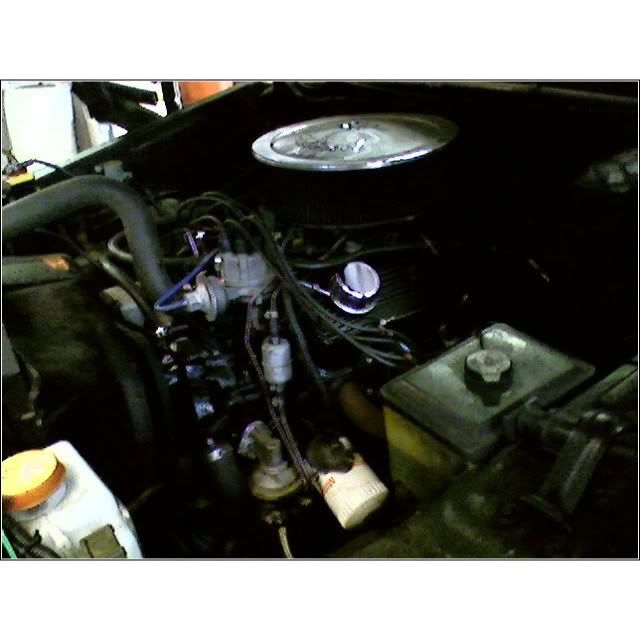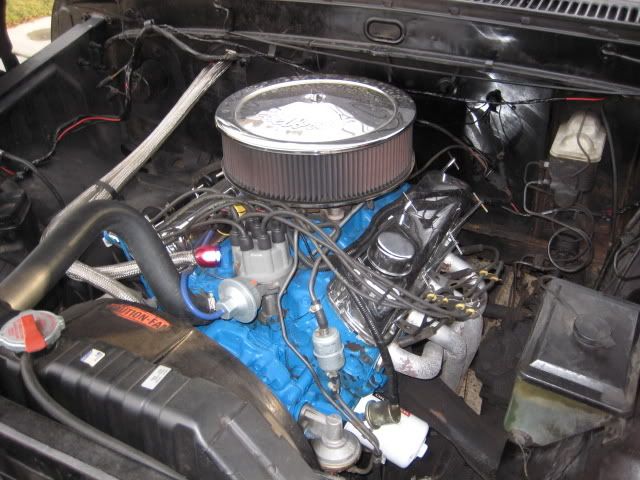- Moderator
- #21
Another vote for corporate blue.
true....
im down to either silver or black.
mainly cause i cant find a place that sells color matched engine paints for electric currant red.
Anything but black.As the other guys said,it makes it very hard to track a leak.Myself,I like the Old Ford Blue.
Just go with blue for the valve covers.But don't you dare paint the upper intake plenum.Leave it the original color.I hate painted intake plenums.
alright ya guys.
Yall have convinced me...
its gonna be Ford Blue.
I like WHITE Blocks, but then again I am kind of partial.....

now i just gotta figure out what im gonna do as far as valve covers go cause im not gonna color match now.
I'm telling you, you might wanna give the Duplicolor stuff a chance...primarily the anodized line:
http://www.duplicolor.com/products/metalcast.html
I prefer Duplicolor DE1635 Ford Semi gloss black. Engine builders have told me that the black helps to dissipate heat better than any other color & a flat black is preferred.
Wait...how's that work? Black absorbs heat and white reflects heat I thought.
Wait...how's that work? Black absorbs heat and white reflects heat I thought.
IDK either. Our engine build at work paints our blocks w/ this same color. They make 1300+hp & live for 18 months. It was in the book, "How to Hot Rod Small Block Chevys". I think it said that it reflects heat better that bright, glossy colors.idk. thats what ive been wondering. unless somehow the black is drawing the heat to the outside of the block? maybe?
The reason black paint dissipates heat more than any other color is that black is the most capably dissipative color for infra-red (heat) wavelengths. As we all know, back is very absorbent when energy rays (visible AND invisible) such as sunlight hit it. It is also able to cast off the most heat energy, all of its radiation being in the infra-red part of the energy wavelength spectrum. Single colors tend to focus their ability to both absorb AND dissipate in the wavelength of their color, and far less in the infra-red compared to black. One last thing about black: It absorbs energy better than it dissipates it, which is likely why the effect of black dissipating heat is less known. Also, since it absorbs far better than it dissipates (as do all colors), it has a net gain, for example when your black car sits in the sun, until an equilibrium is reached depending on the heated body's ability to be cooled (like with a fender or hood, by the surrounding air). The ambient temperature of the air around the black fender keeps it from heating beyond a certain range.
With the hood closed there are two aspects to look at.
1. With the engine running or while driving
2. With the engine off.
With the engine running or while driving, the wind circulating the engine bay will work primarily under convection, radiant heat will have little effect, so the color of the paint wouldn't matter.
With the engine off, and the car sitting still, with the hood closed, the black paint will have a high emissivity thus radiating more head than any any other standard color. The lack of air current reduces the effect of convection.

I suggest Chevy orange

